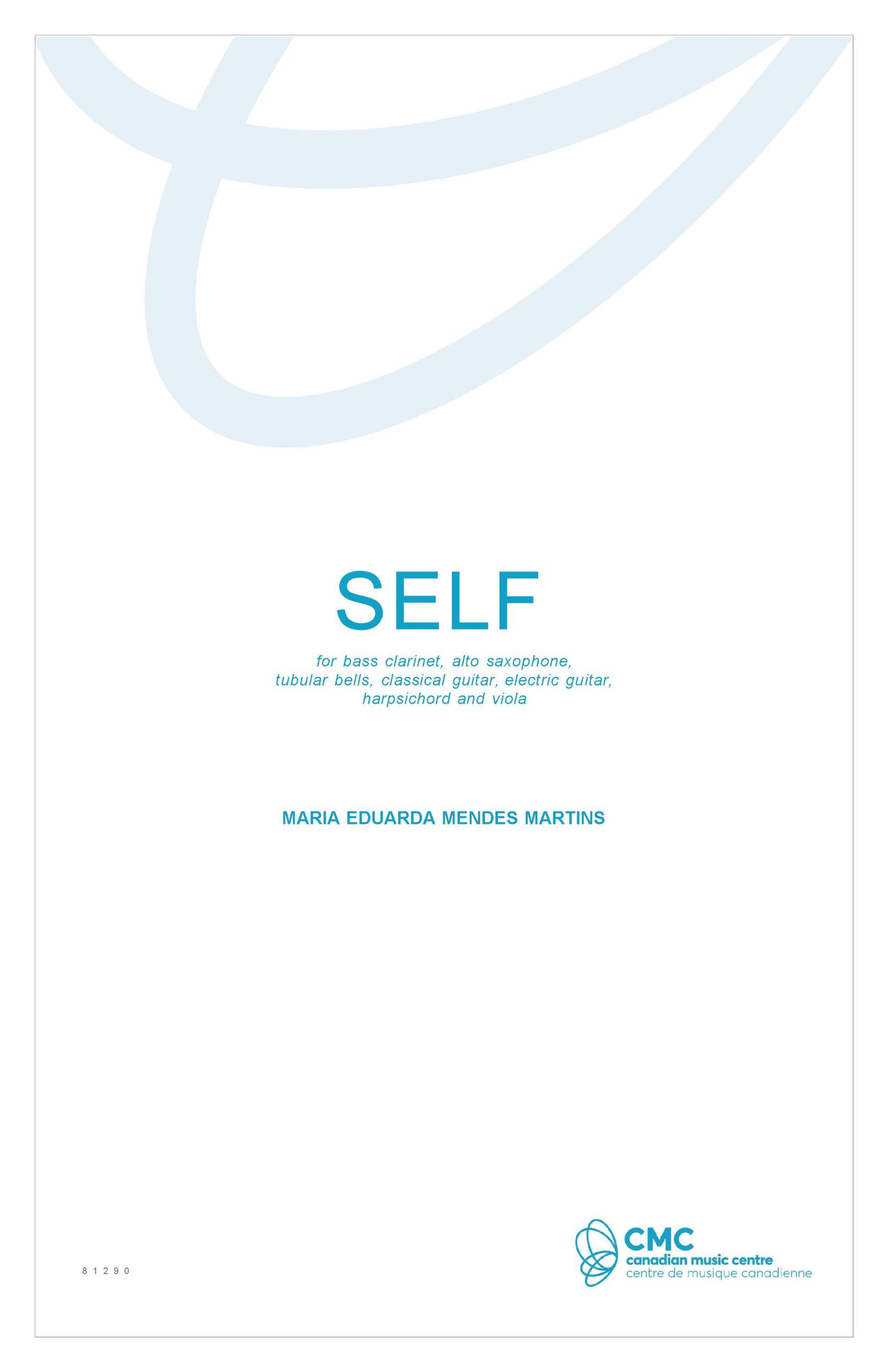Self is a musical/sonic interpretation of two different psychological theories, coined and developed by C. G. Jung.
The first theory – “ the diagram of self” – categorizes the human psyche in different parts, represented in this piece by each instrument in the ensemble: 1- ‘outer world’ (acoustic guitar), 2- ‘persona’ or ‘social mask’ (alto sax), 3- the ‘ego’ or ‘self-awareness’ (electric guitar), 4- the ‘self’ or whole/essence of an individual (tubular bells), 5- the ‘shadow’ or ‘unconscious’ (bass clarinet), 6- ‘anima’ (viola), and finally, 7- the collective unconscious (harpsichord).
Jung’s following theory, known as the “Process of Individuation” was described as the long process of unification and integration of the above mentioned parts of the psyche, where the individual’s self becomes a whole – an entire and organic entity – rather than the sum of its fragmented parts. As a response to this theory, Self initially features each instrument playing simultaneous (apparently unrelated) materials, which strive to become aligned and unified by the end of the work, evidencing connections which had been present in the music the whole time.
Ideas such as entirety (whole) and individuation have been present and influential in my music for many years. However, the main reason why I chose to create a musical interpretation of Jung’s theories comes from my impression that we might be going through a process of cultural individuation: we may eventually find aspects that connect the diverse cultural realities which form our anthropological psyche – we may find our human selves.

